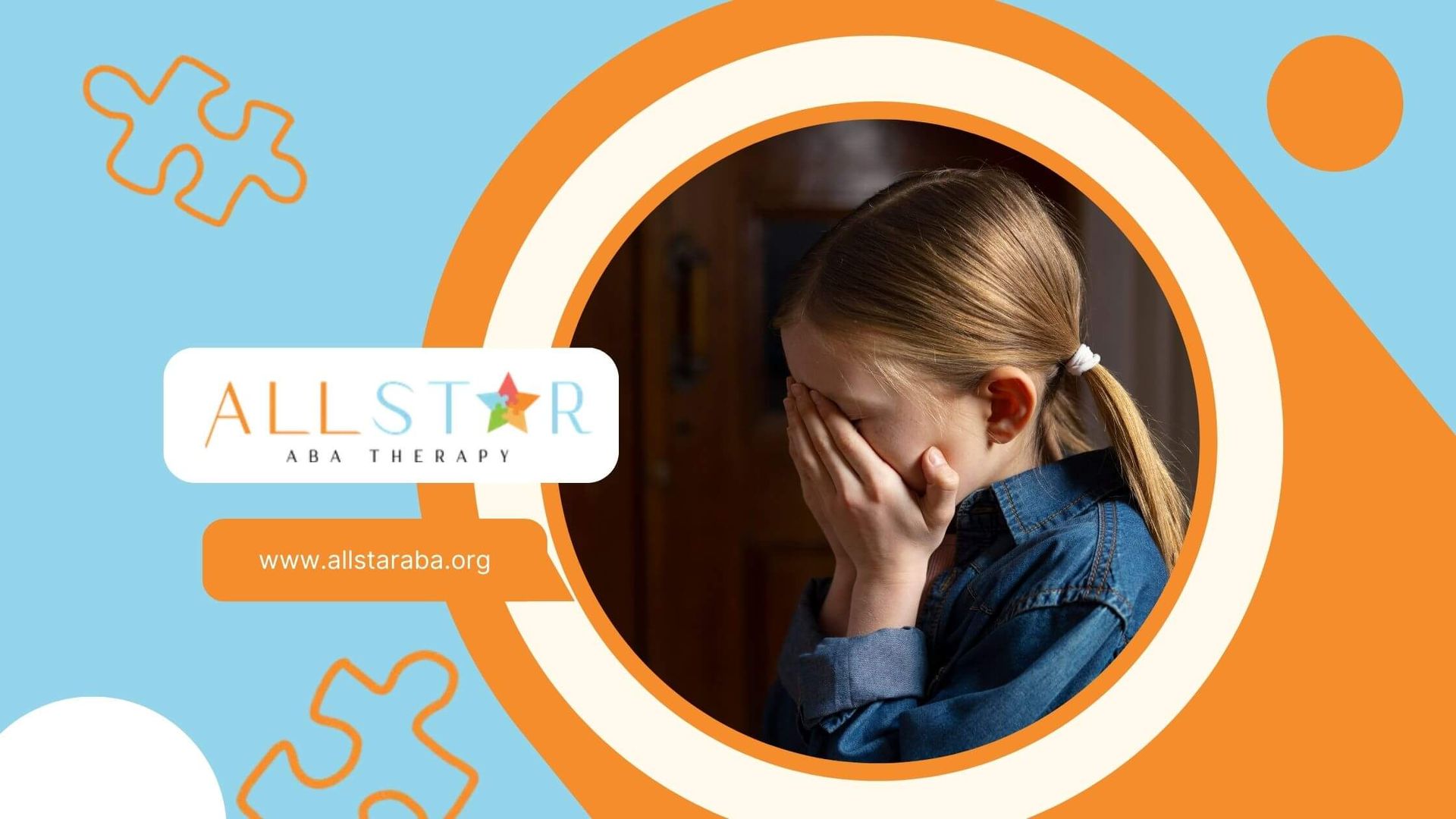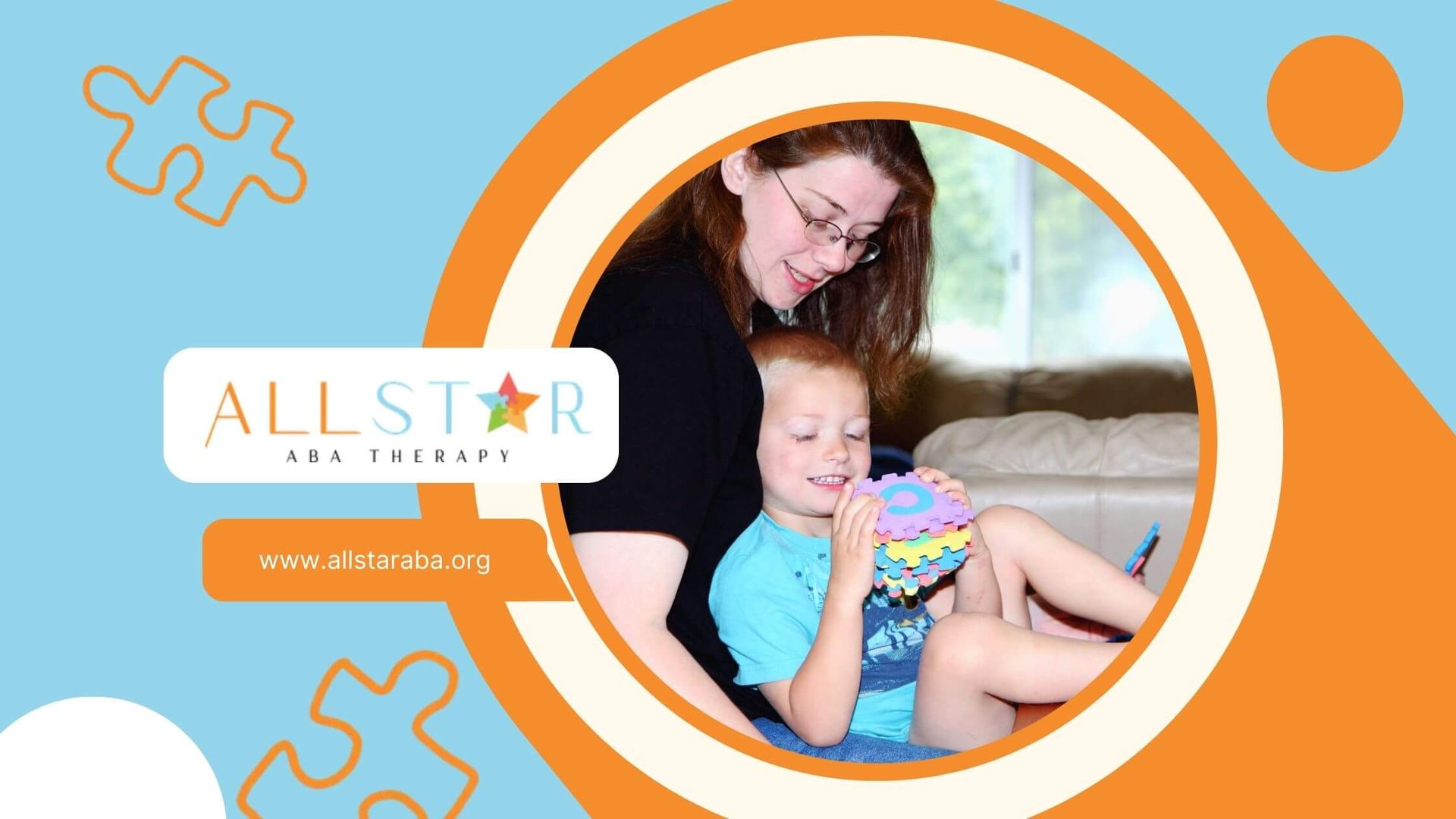New Paragraph
Understanding the Science of ABA Therapy: Is it Truly Effective for Autism?
Applied Behavior Analysis (ABA) therapy has become one of the most widely used and researched treatments for individuals with autism spectrum disorder (ASD). But despite its popularity, many still wonder: Is ABA therapy backed by science?
In this article, we’ll explore the scientific foundations of ABA therapy, from its roots in behaviorism to the extensive studies that demonstrate its effectiveness.
ABA therapy uses well-established techniques to help individuals with autism develop key skills such as communication, social interaction, and independence. By understanding the science behind ABA, we can better appreciate how it fosters lasting positive changes in the lives of those it serves.
Understanding the Basics of ABA Therapy
At its core, ABA therapy operates on the foundational principle that behaviors are molded by their consequences. Desirable behaviors are encouraged through positive reinforcement, such as praise or rewards, while problematic behaviors are addressed by either ignoring or redirecting them.
Through a structured and systematic method, ABA therapists meticulously dismantle complex skills, such as communication or social interaction, into smaller, more attainable steps. The objective is to empower individuals to acquire these skills progressively, building upon each milestone achieved.
Defining ABA and Its Core Components
Applied behavior analysis is a scientific approach to understanding behavior and how it is influenced by the environment. Rooted in the principles of behavior analysis, ABA focuses on identifying the functional relationships between behaviors and their antecedents (triggers) and consequences (reinforcers or punishers).
Positive reinforcement, a cornerstone of ABA, involves providing a rewarding consequence immediately after a desired behavior, making it more likely to occur again. ABA therapy employs various techniques, including discrete trial training (DTT), pivotal response training (PRT), and naturalistic developmental behavioral interventions (NDBIs).
The Origins and Evolution of ABA Therapy
The origins of ABA therapy can be traced back to the work of B.F. Skinner and other behavioral scientists in the early 20th century. Their research laid the foundation for understanding how behavior is learned and modified.
Over the decades, ABA therapy has evolved significantly, with researchers and practitioners refining techniques and expanding its applications. The American Psychological Association (APA) recognizes ABA therapy as an effective treatment for autism spectrum disorder (ASD).
Today, ABA therapy is considered the gold standard for autism treatment, supported by decades of research and endorsed by leading health organizations worldwide.
Scientific Foundations of ABA Therapy
The efficacy of ABA therapy is deeply entrenched in scientific rigor. Numerous studies, meticulously conducted and reviewed by peers, have unequivocally demonstrated its effectiveness in improving a wide spectrum of behaviors, spanning communication, social skills, daily living, and academic abilities.
Continual research forms the bedrock of ABA therapy, ensuring it remains at the forefront of treatment approaches. Ethical considerations are paramount, guaranteeing the well-being and dignity of individuals receiving therapy, and fostering an environment of respect and understanding.
The Role of Behaviorism in ABA
Behaviorism, a school of thought in psychology, forms the bedrock of ABA therapy. This framework posits that behaviors, both adaptive and maladaptive, are primarily learned through interactions with the environment.
Principles of behaviorism, such as reinforcement, punishment, extinction, and shaping, provide the tools for understanding and modifying behavior. By systematically applying these principles, ABA therapists can create effective interventions tailored to an individual's unique needs and learning style.
Understanding the interplay between an individual's behavior and their environment allows ABA therapists to develop effective strategies for promoting positive change.
Key Studies and Their Contributions to ABA Evidence
Scientific research has been instrumental in validating the effectiveness of ABA therapy. Numerous studies have consistently demonstrated the positive impact of ABA on individuals with autism, providing compelling evidence for its efficacy.
| Study | Findings |
|---|---|
| Lovaas (1987) | Early intensive behavioral intervention (EIBI), a form of ABA, led to significant improvements in IQ, language, and adaptive behavior in young children with ASD. |
| Smith, Groen, & Wynn (2000) | ABA therapy resulted in greater gains in intellectual functioning, language, and adaptive behavior compared to other interventions for young children with ASD. |
| Howard et al. (2005) | A comprehensive review of ABA studies indicated strong evidence supporting its effectiveness in improving social, communication, and daily living skills in individuals with ASD. |
How ABA Therapy is Implemented
Implementing ABA therapy is a collaborative and personalized process. Certified behavior analysts (BCBAs), who are master's-level clinicians specializing in this field, work closely with individuals and their families to develop tailored treatment plans that address specific needs and goals.
Throughout the therapy process, data collection and analysis remain ongoing, providing valuable insights into progress and guiding any necessary adjustments to the treatment plan. The dynamic nature of ABA therapy ensures that interventions remain relevant and responsive to the individual's evolving needs.
Steps in Developing Individualized ABA Programs
Developing an effective ABA therapy program involves a systematic approach tailored to the individual's unique needs and goals. Initially, a comprehensive assessment is conducted by a certified behavior analyst to identify the individual's strengths, challenges, target behaviors, and environmental factors influencing those behaviors.
Based on the assessment findings, the BCBA collaborates with the individual, their family, and other professionals to develop a comprehensive treatment plan. This plan outlines specific goals, intervention strategies, and methods for monitoring progress.
The BCBA provides ongoing supervision and support, making adjustments as needed to ensure the program remains effective and aligned with the individual's progress and goals.
Techniques and Strategies Used in ABA
ABA therapy employs a variety of techniques and strategies, each rooted in the principles of behavior analysis, to bring about positive behavior change and skill development. Some commonly used techniques include:
- Discrete Trial Training (DTT): A structured teaching approach where skills are broken down into smaller, more manageable steps and taught through repeated trials.
- Pivotal Response Treatment (PRT): A play-based approach focusing on motivating children through their interests and encouraging communication and social interaction.
- Naturalistic Developmental Behavioral Interventions (NDBIs): These interventions embed learning opportunities within the child’s natural environment, promoting generalization and social interaction.
The Impact of ABA Therapy on Autism
ABA therapy has demonstrated significant positive impacts on the lives of many autistic individuals. Improvements in communication, social engagement, and the development of daily living skills have been widely reported, empowering individuals to lead more fulfilling lives and actively participate in their communities.
While ABA therapy is not a cure for autism, it offers valuable tools and strategies for individuals to manage challenges, develop new skills, and enhance their overall quality of life. The goal of ABA therapy is not to change who an individual is but to equip them with the skills and support they need to navigate the world around them more effectively.
Success Stories and Case Studies
Countless success stories and compelling case studies stand as testaments to the transformative power of ABA therapy on the lives of autistic individuals. Improvements in communication skills have been striking, with some individuals transitioning from being non-verbal to engaging in meaningful conversations.
Moreover, ABA therapy has facilitated the development of essential social skills, enabling individuals to forge connections, build friendships, and navigate social situations with newfound confidence. These real-life accounts underscore the potential of ABA therapy to make a tangible difference in the lives of individuals with autism and their families, fostering inclusion and enhancing overall well-being.
Addressing Criticisms and Concerns
While ABA therapy enjoys widespread recognition for its effectiveness, it has faced criticisms and concerns, primarily regarding its perceived emphasis on behavioral control and the potential for stifling individuality. However, modern ABA has evolved to prioritize ethical considerations, placing paramount importance on the individual's well-being, autonomy, and preferences.
Contemporary ABA practitioners recognize the importance of understanding and respecting each individual's unique strengths, challenges, and aspirations, ensuring that interventions align with their specific needs and goals.
Open communication and collaboration between therapists, individuals receiving therapy, and their families are crucial to address concerns, promoting a positive and respectful therapeutic environment that prioritizes individual growth and well-being.
Conclusion
In conclusion, ABA therapy is deeply rooted in scientific principles, with a strong foundation in behaviorism and proven efficacy through key studies. Its tailored approach and evidence-based strategies have shown significant positive impacts on individuals with autism. By understanding the basics, implementing personalized programs, and addressing concerns, ABA therapy continues to evolve and shape positive outcomes for those it serves.
If you’re looking for personalized ABA therapy services in Maryland, All Star ABA is here to help. Our team of experienced Board-Certified Behavior Analysts (BCBAs) provides customized, bilingual ABA therapy that meets the unique needs of each individual. Reach out to us for a consultation!
Frequently Asked Questions
What evidence supports the effectiveness of ABA therapy?
Describe the item or answer the question so that site visitors who are interested get more information. You can emphasize this text with bullets, italics or bold, and add links.How does ABA therapy differ from other autism treatments?
Describe the item or answer the question so that site visitors who are interested get more information. You can emphasize this text with bullets, italics or bold, and add links.Can ABA therapy be tailored for adults as well as children?
Absolutely. While ABA therapy is often associated with early intervention for children, it can be effectively tailored to meet the individual needs of both adults and children on the autism spectrum. Whether the focus is on developing vocational skills, improving social interactions, or managing daily living tasks, ABA therapy can be adapted to support individuals of all ages in achieving their unique goals and leading more independent and fulfilling lives.
Need Support?
We're Here to Help!
Our experienced team is ready to assist you. Reach out today to discuss how we can support your child's development and well-being.
Get started with expert ABA therapy today.








